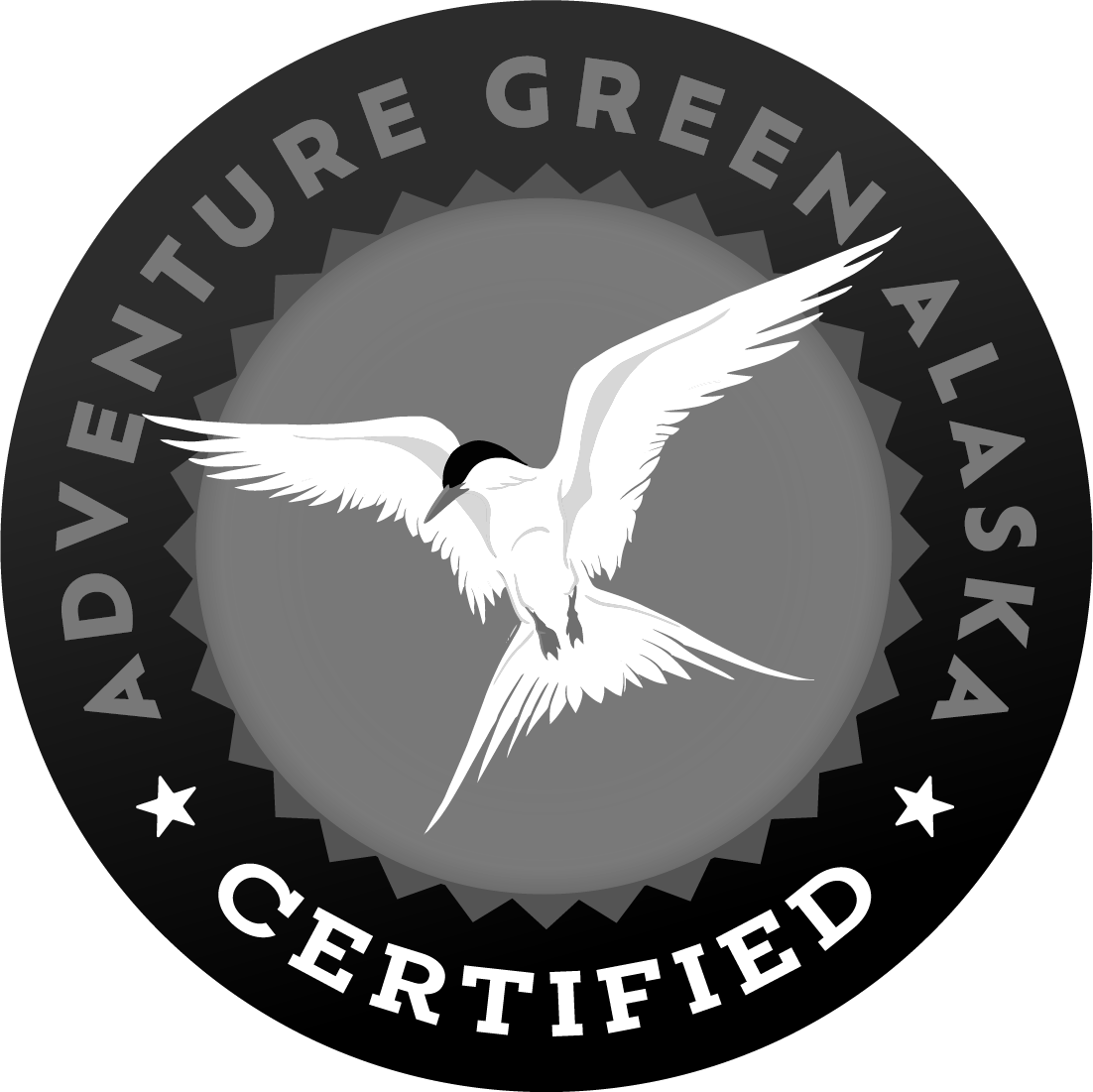It’s a clear night in mid March. It’s 10pm and I’ve just gone outside my cabin to take a quick trip to the outhouse before bed. But something stops me. A faint line of light green is shimmering over Mount Healy, to the north. I watch it a few moments, breath puffing in cold circles in front of my face….I’ve only thrown on a jacket for what I thought would be a minute in the -10 F temperatures. The aurora stalls me, but it’s the noises that stop me.
Somewhere in the boreal forest comes a hooting. A five noted, deep resonant clear “hoo, hoo-hoo, hoo, hoo” song echos toward me. I can’t see the Great Horned Owl hiding somewhere in the spruce trees of the night, but his (or her, in the case of Great Horns!) song is clear as day. They are calling out to one another in the cold, dark nights of winter.
Mating season for owls is December through March here in Alaska. Four species are common in winter, the Great Horned, Boreal, Northern Hawk, and Great Gray Owl. The latter of the four I’ve never seen but, at up to 33” long with a large disc of flattened feathers lining their face, one sighting would be a showstopper. The Boreal owls one can hear and see fairly commonly in the spring. Their mating call is a few seconds of a staccato trill. The first time I heard it I thought “What is a snipe doing back in Denali so early??” having confused its call with the mating winnowing of the snipe (which we hear in May and June evenings and early mornings around the ponds in the park). Boreal owls eat songbirds, hence their frequent hideouts in the spruce trees near our bird feeders, I presume.
In addition to the Boreal, Great Horned, and Great Gray Owls there are two others in Denali. The Northern Hawk Owls prefer forests on the edges of meadows, and I see them in the fall along the clear cut lines of spruce near power lines, watching the grass as my dog and I bumble through scaring up voles. The name comes from the streamlined body shape, efficient hunters that they are. The Short-eared Owl, which heads south to avoid the sub-arctic winter’s scare prey pickings, is a rare species even in summer. Some years we’ve seen many of them in Denali, such as 2004, when it was a scare day to drive along the lateral morraine of the Muldrow Galcier and not see one. Other years their numbers have been much slimmer, likely in response to rodent populations. In 2007 the Short-eared owl was added to the Audubon Watlist species of concern due to its declining numbers. Both the Northern Hawk Owl and Short-eared Owls hunt diurnally, or in the daytime.
So if you’re lucky enough to live in a place with woods nearby, and unlucky enough to have to go outside to an outhouse nightly, be sure to pause a moment to listen to the late winter mating calls of the owls. You might not see them, but they are sure to have within their big yellow eyes the look of love.






